Looks like the lower velocity node came in around the 39.5-40gr mark and the higher velocity node is at the 43gr mark. As for the ejector mark, that's light and not something I would be scared of so long as the primer isn't showing any signs of cratering.
As for where the group is on the target or cardboard, that means nothing other than an indication of velocity compared to the load you zeroed your rifle with.


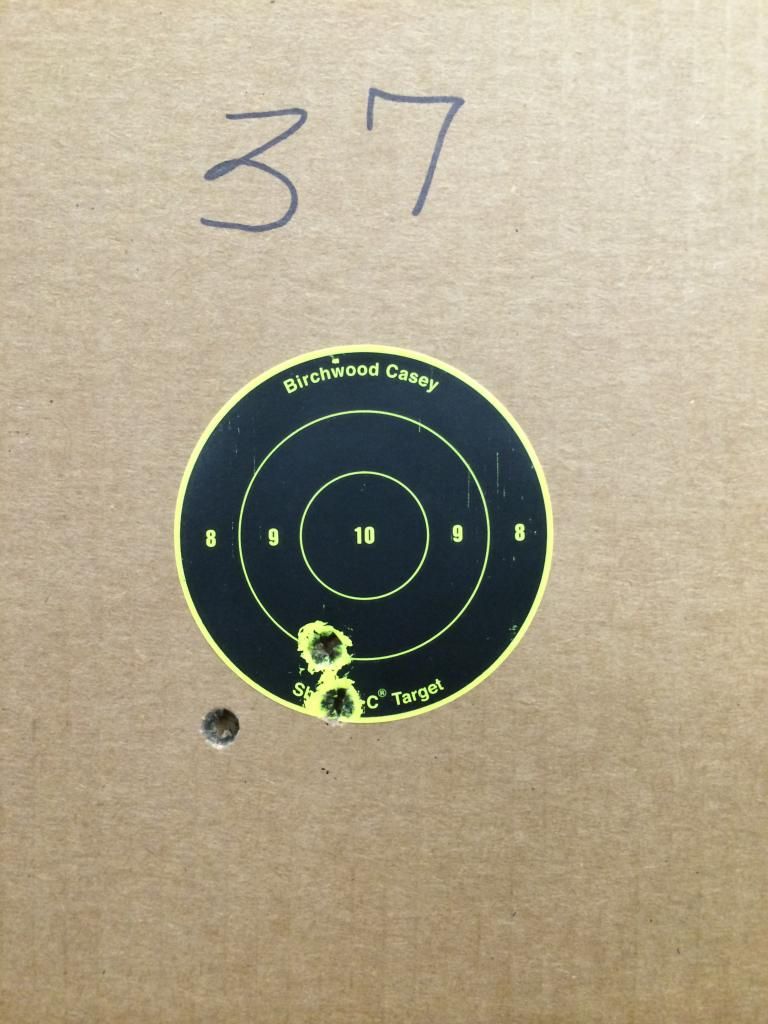

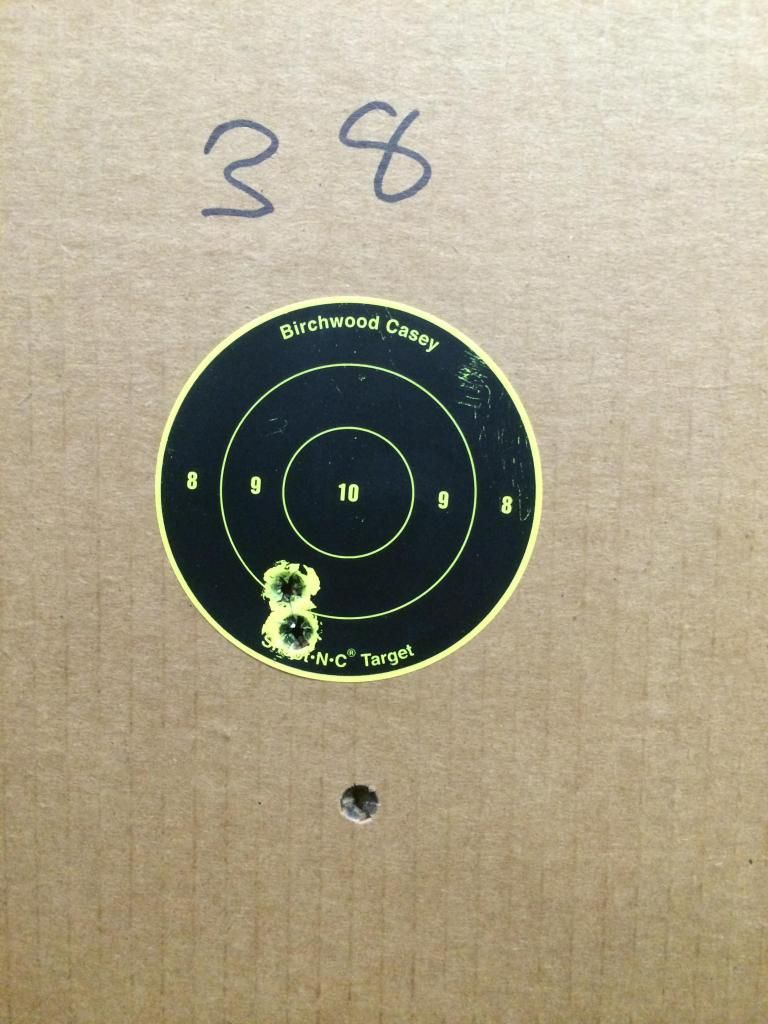
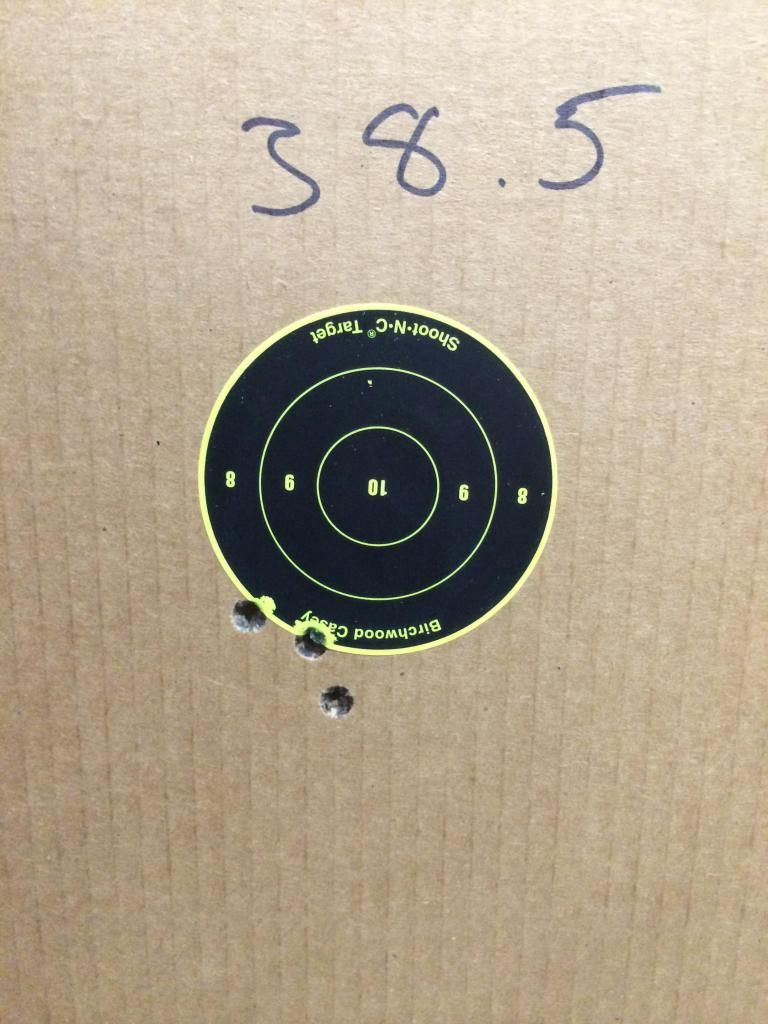
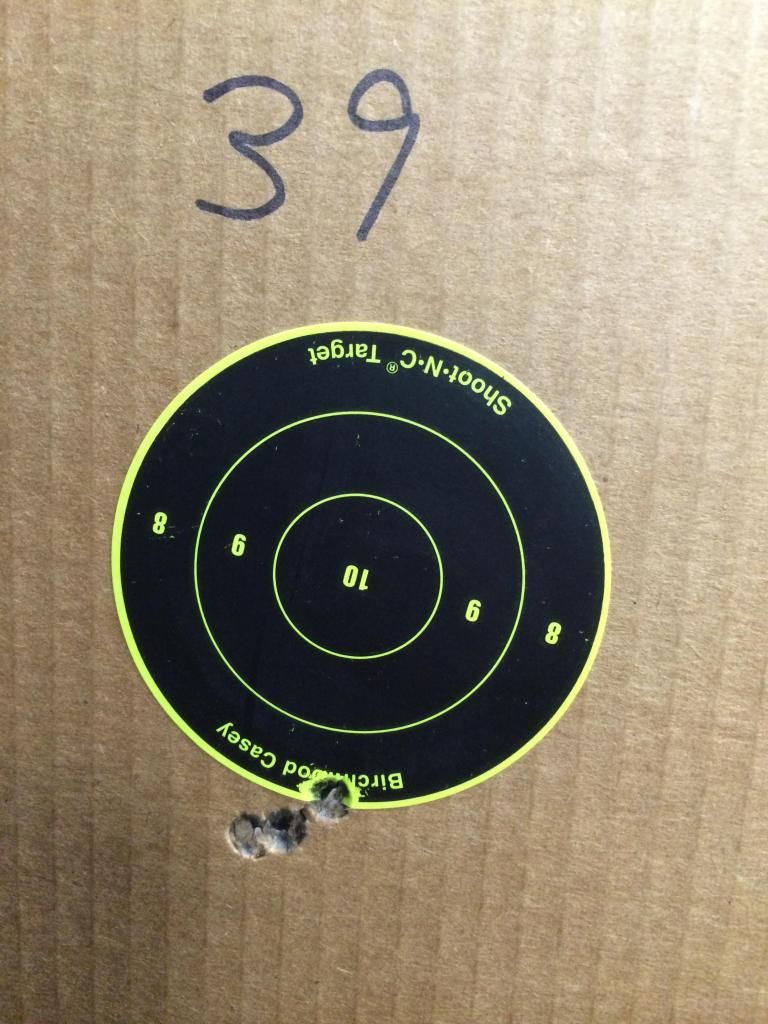
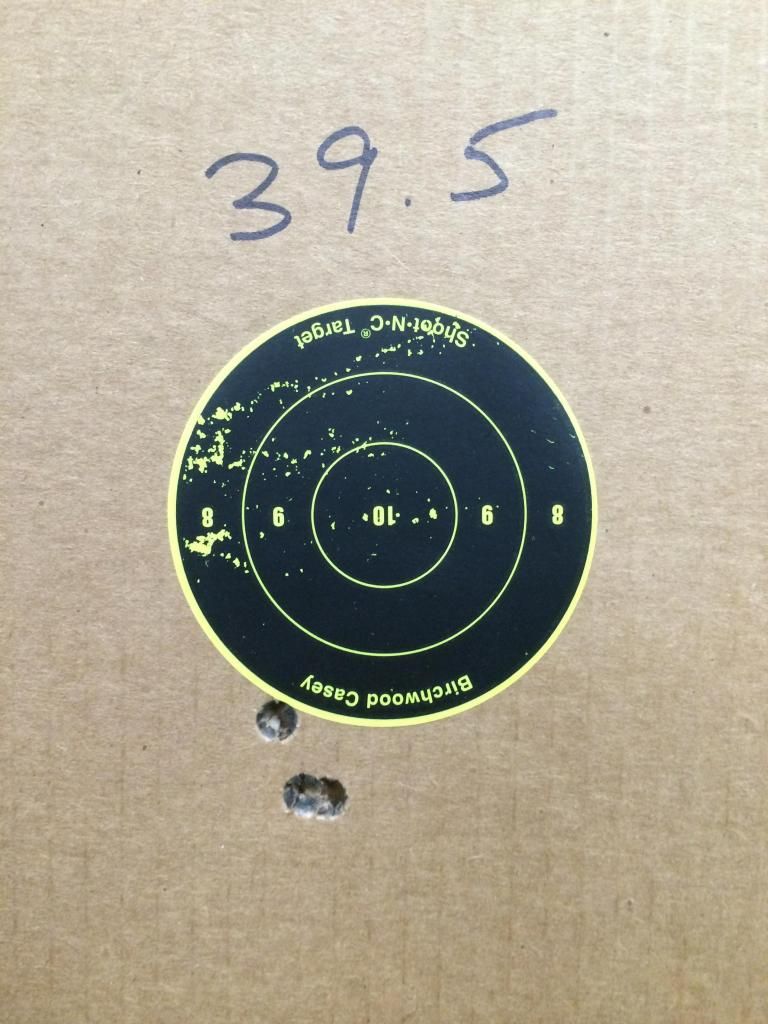
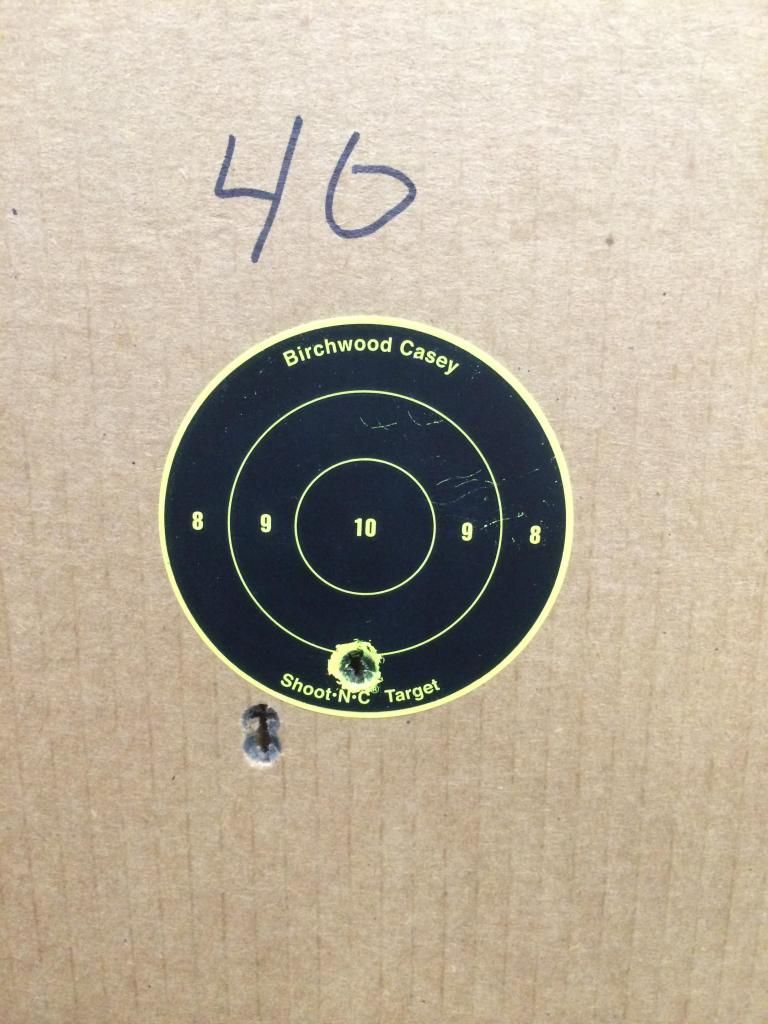

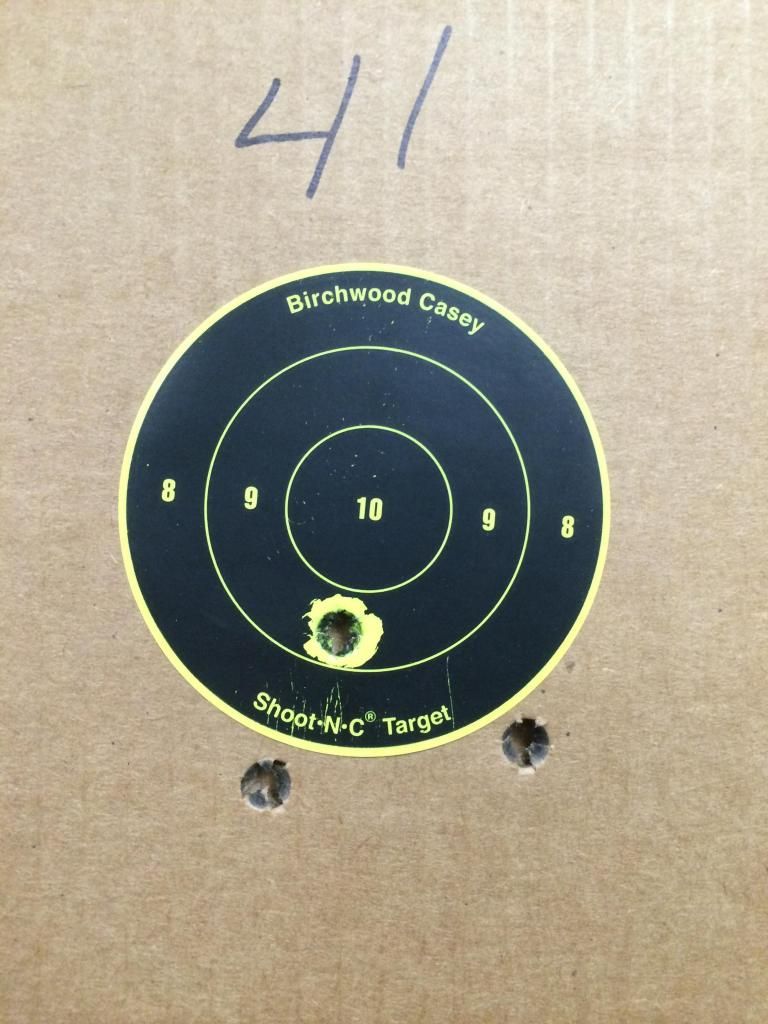
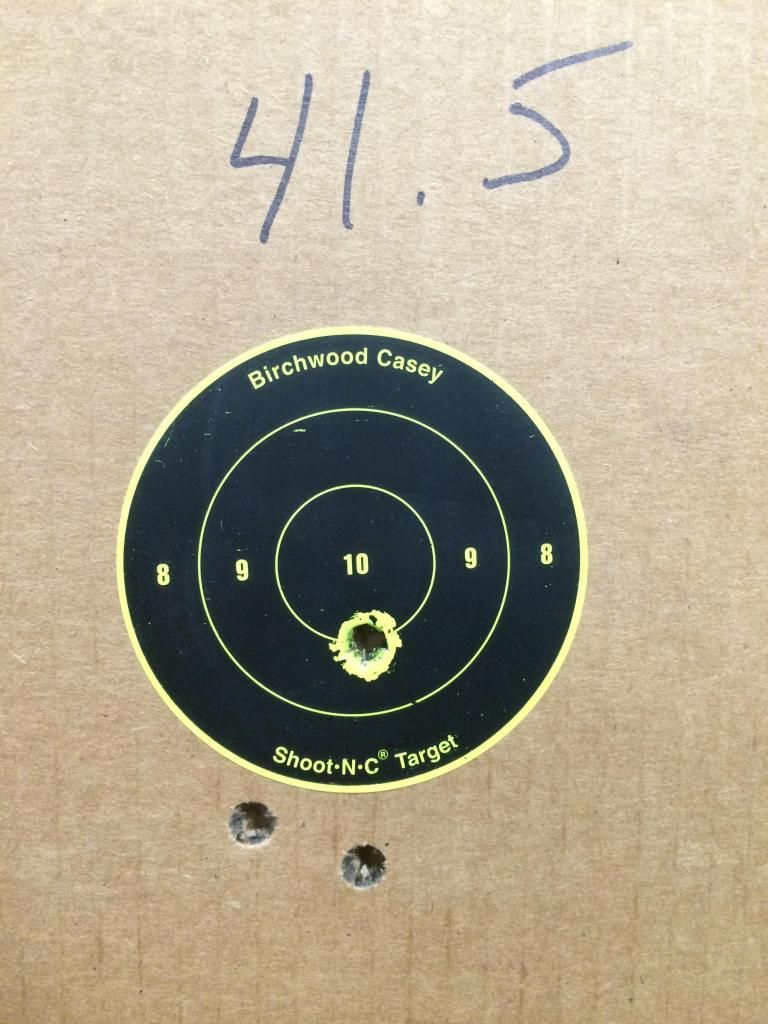
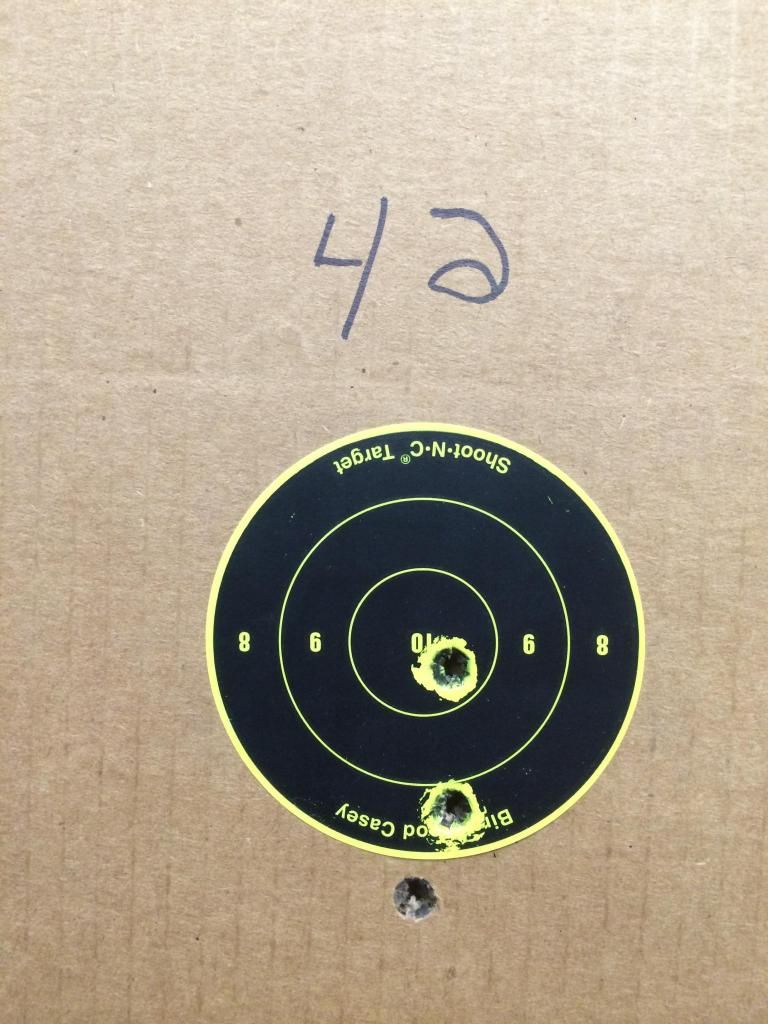


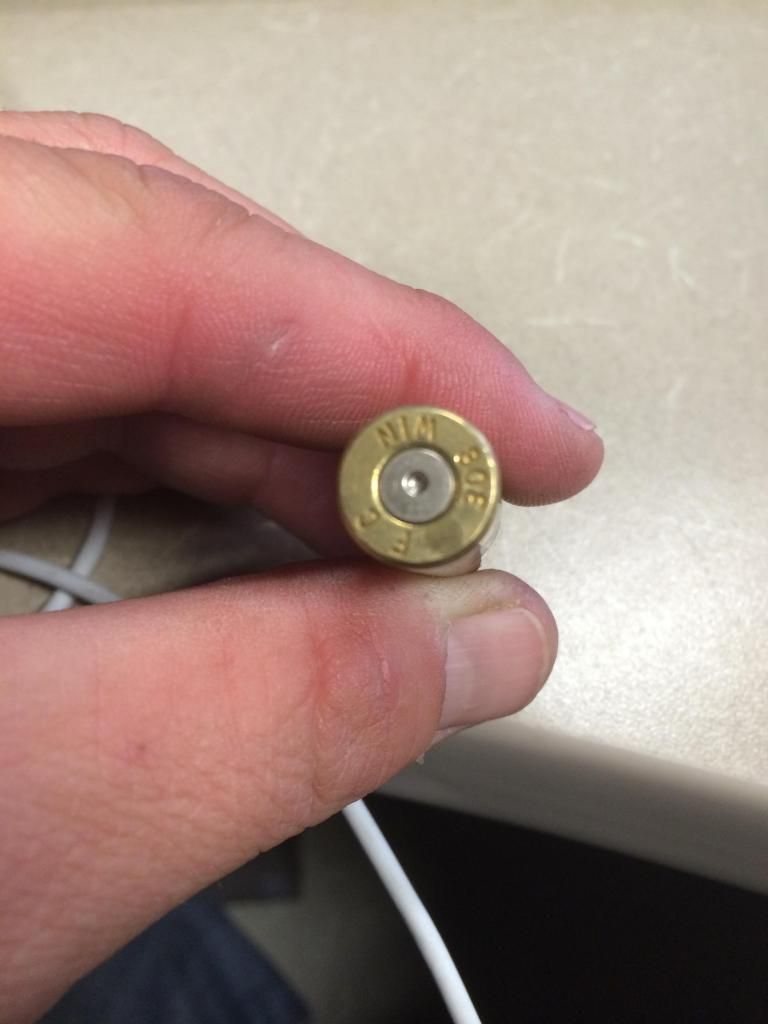

 Reply With Quote
Reply With Quote





Bookmarks